
Some dog breeds are often adored for their charm, but not every popular choice is the right fit for every home. What seems like an ideal companion can quickly turn into a challenge if the breed’s needs don’t align with your lifestyle. Before you make the leap, consider these nine overrated dog breeds you might regret bringing home.
The Myth of the Perfect Dog
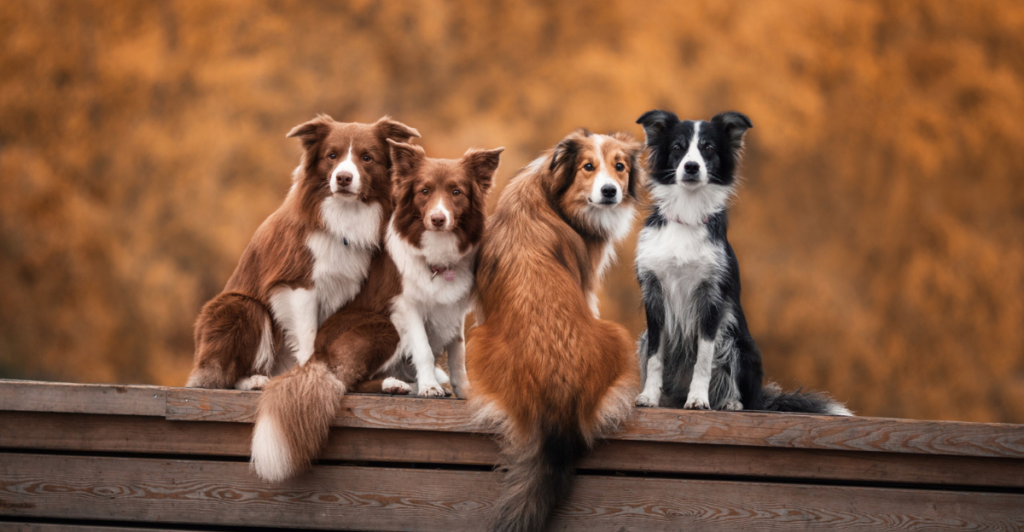
Certain dog breeds capture our hearts with their adorable looks or celebrity endorsements, but what happens when these “perfect” dogs don’t match up to our expectations?
While some breeds are considered ideal for families, there’s often more beneath the surface than meets the eye. Hidden health issues, difficult temperaments, and specialized care needs are just a few of the challenges that owners may face.
What’s marketed as a loyal companion could turn out to be a breed that demands far more time, patience, and resources than anticipated. Here are nine overrated dog breeds you might regret bringing home.
1. Dalmatian
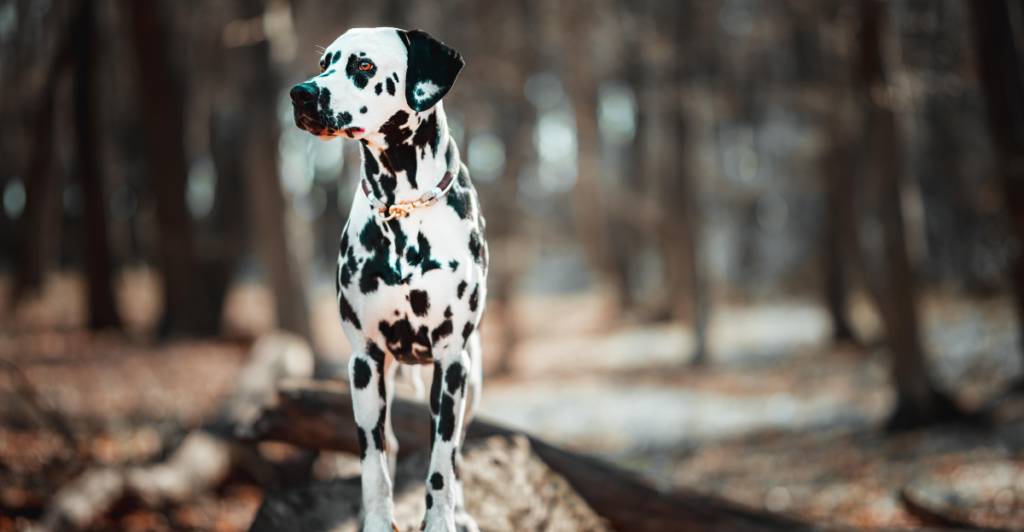
Dalmatians surged in popularity after 101 Dalmatians, but their real-life temperament often clashes with their charming on-screen image. These dogs are incredibly energetic and need rigorous daily exercise and mental engagement to prevent boredom-related issues.
Without proper stimulation, Dalmatians can become destructive, anxious, or even aggressive. Health-wise, they are prone to hereditary deafness—up to 30% are born with hearing impairments—and are susceptible to urinary tract stones due to a unique metabolic quirk.
Their striking appearance may draw attention, but the breed’s demanding exercise requirements and frequent medical concerns catch many first-time owners off guard. When the initial excitement fades, some find themselves overwhelmed by a breed that needs more than just love—it needs time, patience, and a well-prepared lifestyle.
2. French Bulldogs
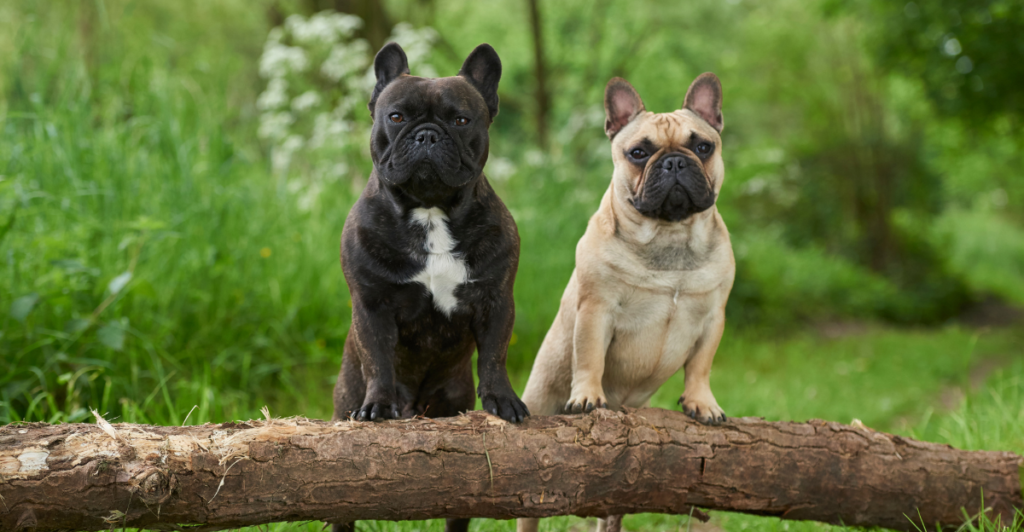
French Bulldogs are adored for their compact size, affectionate nature, and irresistibly cute faces, making them one of the most popular breeds in the world. However, beneath their charm lies a host of serious health issues.
Their brachycephalic (flat-faced) anatomy causes chronic breathing difficulties, snoring, and makes them highly vulnerable to overheating—especially in warmer climates. While their low energy needs may appeal to urban dwellers, they’re also prone to obesity if diet and exercise aren’t closely managed.
French Bulldogs often face a lifetime of expensive medical care, including surgeries to improve airflow or correct other inherited conditions. Combined with their already high purchase price, owning one can quickly become a costly endeavor.
3. Doodles
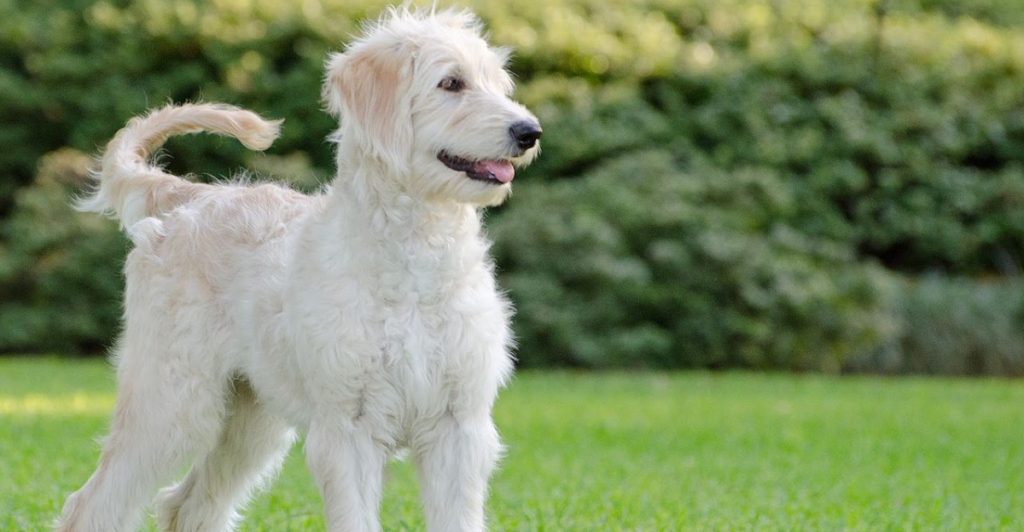
Doodles, such as Goldendoodles and Labradoodles, are often seen as ideal pets—friendly, intelligent, and supposedly hypoallergenic. But the reality is more complex. Their coats, while marketed as allergy-friendly, can still trigger reactions, as no dog is truly hypoallergenic.
Doodles also commonly inherit genetic issues from both parent breeds, including hip dysplasia, eye disorders, and heart conditions. Their thick, curly coats demand frequent brushing and regular professional grooming, which adds significantly to long-term care costs.
As their popularity skyrockets, many backyard breeders and puppy mills have entered the scene, prioritizing profit over health and temperament. This has led to a surge in poorly bred dogs with behavior issues, anxiety, or poor socialization. While undeniably cute, Doodles may come with more challenges—and expenses—than many families expect.
4. German Shepherds
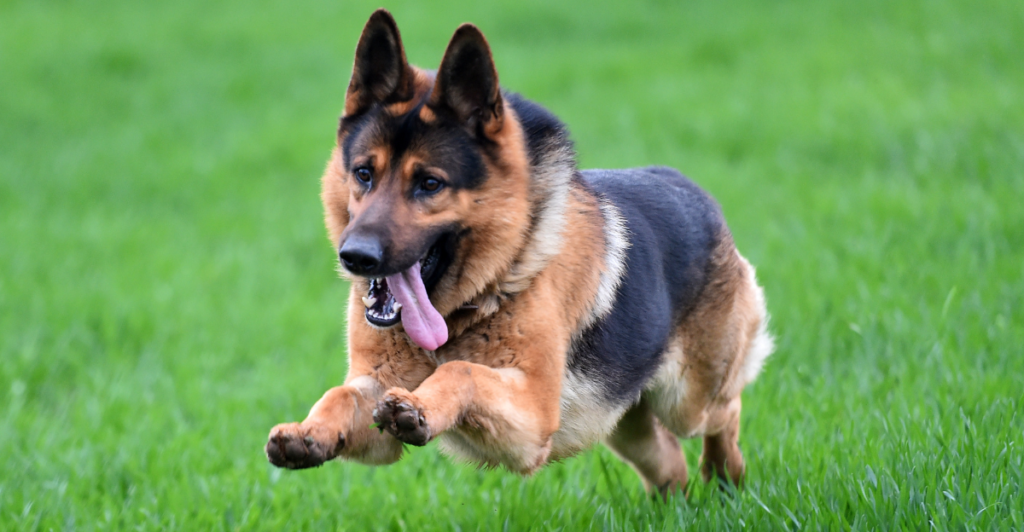
German Shepherds are often hailed as loyal, intelligent, and versatile dogs, making them a popular choice for families. However, they are primarily working dogs, originally bred to herd sheep and perform police or military duties.
This means they require intensive mental stimulation, daily exercise, and consistent training to avoid behavioral problems. Without proper attention, they can become anxious, territorial, and even aggressive. Furthermore, their popularity has led to overbreeding, which has increased the prevalence of genetic disorders such as hip and elbow dysplasia.
A German Shepherd might be a dream pet for experienced owners, but for first-time dog parents, this breed may not live up to the family-friendly image.
5. Golden Retrievers

Golden Retrievers have long been a symbol of the perfect family dog—friendly, loyal, and easy to train. While these traits make them highly appealing, they come with a set of challenges that many potential owners overlook.
As one of the most popular breeds, they are often bred irresponsibly, leading to an increase in genetic health problems, particularly cancer and joint issues. Golden Retrievers also require significant daily exercise to burn off their boundless energy, and they shed heavily, which means regular grooming and cleaning.
Their high maintenance, combined with potential health problems, can quickly make the golden retriever seem like more work than anticipated.
6. Tibetan Mastiffs

Tibetan Mastiffs are often portrayed as legendary protectors—majestic, loyal, and fiercely devoted to guarding their families. While their imposing presence might seem ideal for security, they’re far from beginner-friendly.
Bred to guard livestock in harsh Himalayan conditions, these dogs are intensely independent and territorial, traits that make them difficult to train and even harder to control without firm, experienced leadership. Their dominant personalities and strong guarding instincts can lead to aggression or disobedience if not properly managed.
Their thick coats make them unsuited for hot climates, and their large size demands ample space and strength to manage. Despite their appeal, Tibetan Mastiffs are high-maintenance dogs that often overwhelm owners unprepared for their dominant nature and unique needs.
7. Pugs

Pugs have won over countless admirers with their wrinkled faces, playful charm, and compact bodies. But behind their cuteness lies a range of health concerns. Their flat, brachycephalic skulls make breathing difficult, especially in heat, and often cause snoring and sleep issues.
Their protruding eyes are prone to injury, and their short, stocky builds can lead to joint and spinal problems. Pugs also gain weight easily, which can worsen existing health issues if not carefully monitored.
These challenges often lead to frequent vet visits and lifelong medical care. While they make affectionate companions, the reality of owning a pug involves significant health-related responsibilities that many potential owners aren’t prepared for. Their charm, sadly, comes with a price.
8. Siberian Huskies
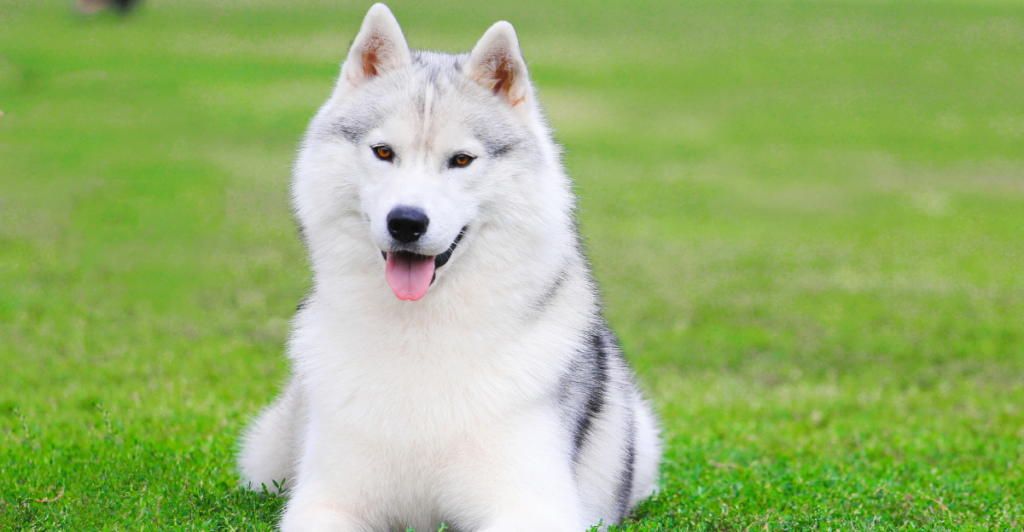
Siberian Huskies are known for their striking appearance, with their thick fur and blue or multicolored eyes that resemble wolves. However, behind their beautiful looks lies a breed that is not suited for the average household.
Bred to pull sleds over long distances in harsh conditions, Huskies are full of energy and require vigorous exercise routines to stay happy and healthy. Without proper outlets, they can become destructive and escape artists.
Their high prey drive and tendency to chase smaller animals also make them a poor choice for homes with other pets. Despite their beauty, Huskies require experienced handlers who can provide the mental and physical stimulation they crave.
9. Beagles

Beagles are often praised for their friendly, easygoing nature and moderate size, making them a popular choice for families.
However, their strong sense of smell and natural hunting instincts can lead them to wander off during walks or escape from yards. Beagles are notorious for being vocal, which can lead to unwanted noise, particularly in urban environments.
Additionally, their stubbornness and curiosity can make them difficult to train, and their tendency to overeat can lead to obesity if not carefully managed. While they may seem like an easygoing companion, Beagles require firm training and supervision to avoid the trouble their free-spirited nature can cause.
Choosing Wisely
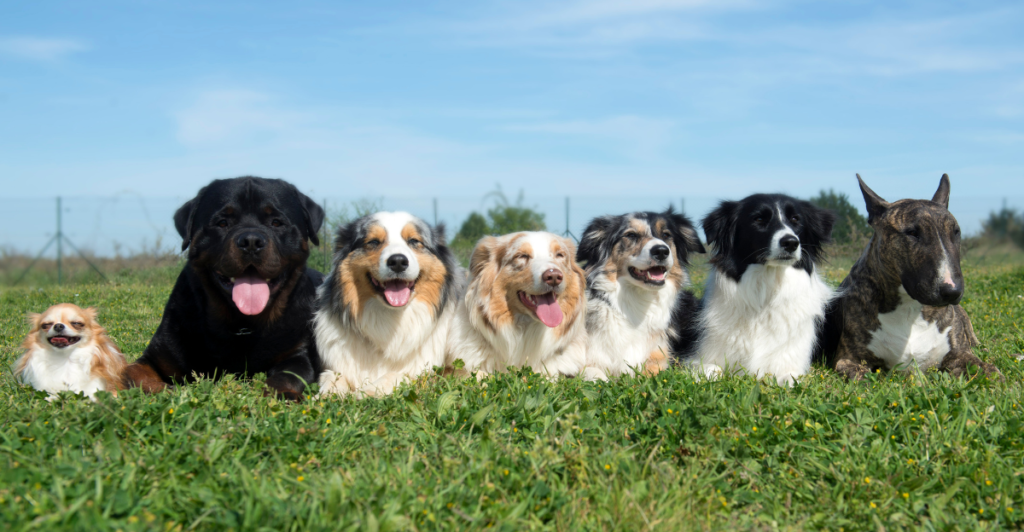
While all dogs bring joy and companionship, choosing a breed based on trends or cuteness can lead to regret if that breed’s needs don’t match your lifestyle.
Before committing to a dog, consider their health risks, temperaments, and the time and resources you can dedicate to meeting their needs. If you’re not prepared for the potential challenges, it’s worth exploring other breeds or adopting from shelters.
After all, the perfect dog is one that fits well into your life, not one chosen because it’s trendy or popular. Take time to choose wisely, and you’ll be rewarded with a loyal companion for years to come.
Explore more of our trending stories and hit Follow to keep them coming to your feed!

Don’t miss out on more stories like this! Hit the Follow button at the top of this article to stay updated with the latest news. Share your thoughts in the comments—we’d love to hear from you!







